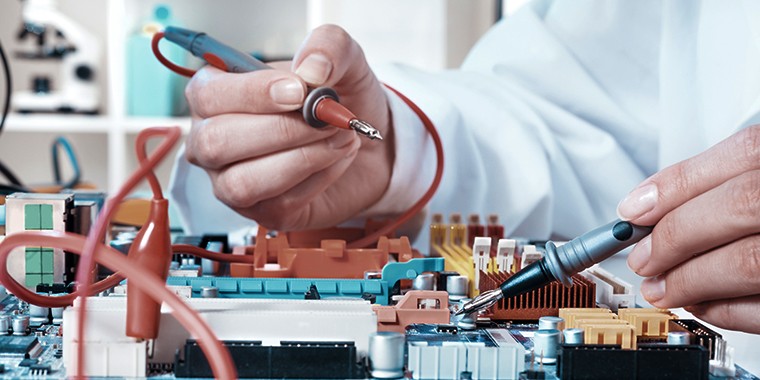In the realm of electronics and electrical engineering, the ability to accurately test and diagnose electrical components is paramount. Whether you are a seasoned technician or a DIY enthusiast, understanding how to determine if an electrical component is functioning correctly can save time, resources, and prevent potential hazards. This article delves into the methodologies, tools, and best practices for testing electrical components, ensuring that you have a robust framework for effective diagnostics.
Understanding Electrical Components
Before diving into testing methods, it’s essential to recognize the various types of electrical components you may encounter. These can include resistors, capacitors, diodes, transistors, and integrated circuits, each with unique characteristics and functions. Understanding the role of each component will aid in selecting the appropriate testing method.
Common Testing Methods
- Visual Inspection
- The first step in testing any electrical component is a thorough visual inspection. Look for signs of physical damage such as burns, cracks, or corrosion. Components like capacitors may exhibit bulging or leakage, indicating failure. A visual check can often reveal issues that might not be apparent through electrical testing.
- Multimeter Testing
- A digital multimeter (DMM) is an indispensable tool for testing electrical components. Here’s how to use it effectively:
- Resistance Measurement (Ohmmeter Mode): For resistors, set the multimeter to the resistance mode. Disconnect the component from the circuit to avoid parallel paths that can skew readings. A functional resistor should display a value close to its rated resistance. If it reads infinite resistance, it’s likely open; if it shows zero, it’s shorted.
- Diode Testing: Switch the multimeter to diode mode. Connect the probes to the diode terminals. A good diode will show a forward voltage drop (typically between 0.6V to 0.7V for silicon diodes) and infinite resistance in reverse. If the readings are inconsistent, the diode may be faulty.
- Capacitance Measurement: For capacitors, set the multimeter to capacitance mode. Again, ensure the capacitor is discharged before testing. A healthy capacitor will show a value close to its rated capacitance. Significant deviation indicates failure.
- Oscilloscope Analysis
- For more complex components, such as transistors and integrated circuits, an oscilloscope can provide invaluable insights. By observing the waveform output, you can assess the component’s performance under operational conditions. Look for expected voltage levels, frequency, and waveform shape. Deviations from expected parameters can indicate malfunction.
- Functional Testing
- Sometimes, the best way to test a component is to observe its performance within a circuit. This method is particularly useful for components like transistors and operational amplifiers. By applying the appropriate input signals and measuring the output, you can determine if the component is functioning as intended.
Safety Precautions
When testing electrical components, safety should always be a priority. Here are some essential precautions:
- Power Off: Always ensure that the circuit is powered down before testing to prevent electric shock or damage to your testing equipment.
- Discharge Capacitors: High-value capacitors can retain a charge even after power is removed. Use a resistor to safely discharge capacitors before testing.
- Use Proper Gear: Wear insulated gloves and safety goggles when working with high-voltage components.
Troubleshooting Techniques
If a component fails the initial tests, consider the following troubleshooting techniques:
- Check Connections: Loose or corroded connections can mimic component failure. Ensure all connections are secure and clean.
- Substitution Method: If possible, replace the suspected faulty component with a known good one to confirm the diagnosis.
- Circuit Analysis: Analyze the surrounding circuit to identify any external factors that may affect component performance, such as incorrect voltage levels or faulty power supplies.
Conclusion
Testing electrical components is a critical skill that combines theoretical knowledge with practical application. By employing a systematic approach that includes visual inspection, multimeter testing, oscilloscope analysis, and functional testing, you can effectively diagnose and resolve issues with electrical components. Remember to prioritize safety and utilize troubleshooting techniques to enhance your diagnostic capabilities. With these tools and methods at your disposal, you’ll be well-equipped to tackle any electrical challenge that comes your way.


